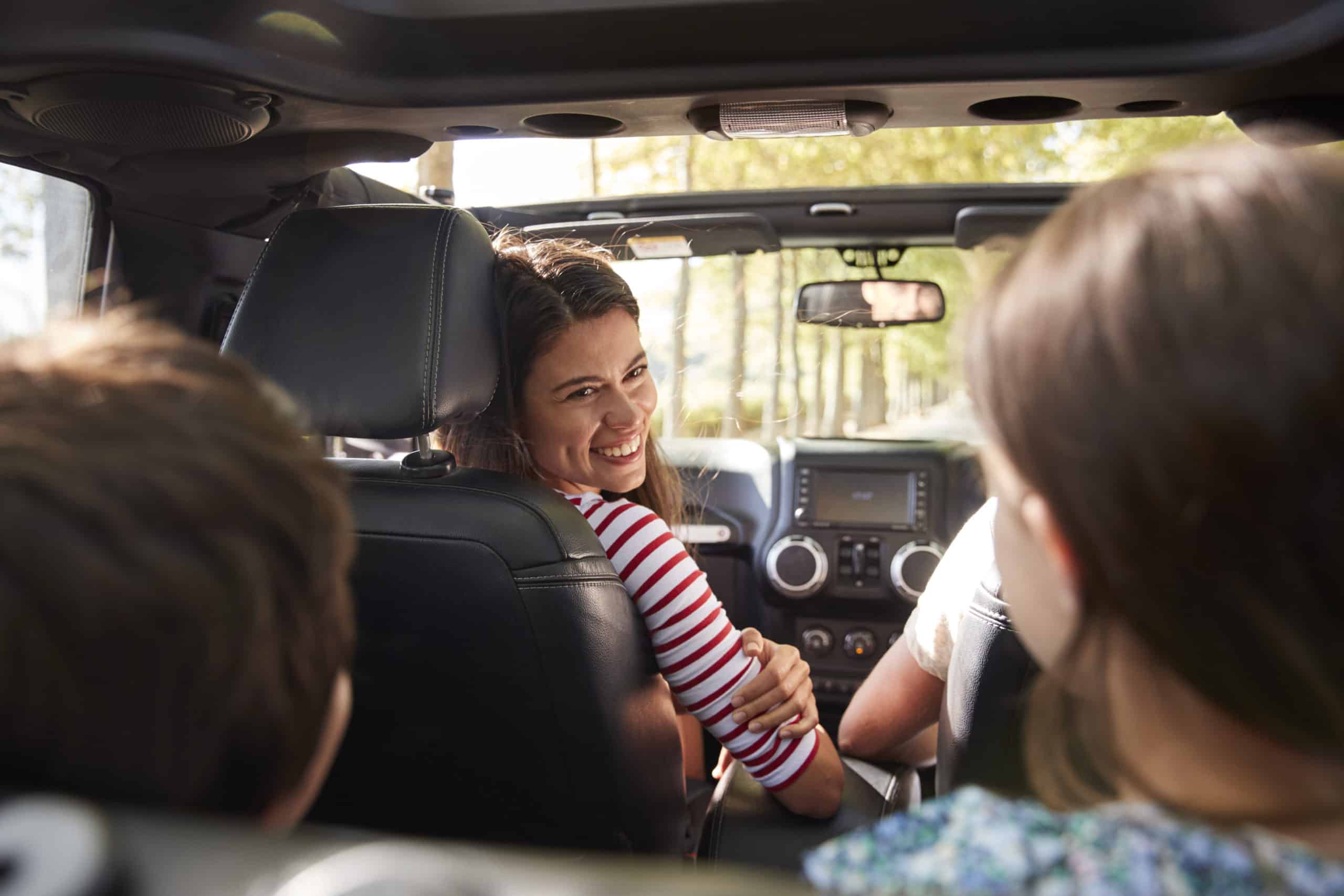
Motion Sickness & Sea Sickness Alternative Remedies
Help! How do I manage motion sickness?
The last thing you want on your next trip away is a bout of motion sickness – so what motion sickness remedies are out there to help you find motion sickness relief?
One option is to take medicine for car sickness or sea sickness before you travel. Motion sickness medications such as KWELLS® Travel Sickness Prevention chewable tablets block sensory signals from reaching your brain’s vomiting centre. When taken before the start of your trip, this helps to prevent you from feeling sick in the first place.
You might also be wondering how to prevent motion sickness in other ways or how to stop motion sickness if symptoms start during your trip. So, let’s take a look at some car sickness remedies and sea sickness remedies that can help to stop motion sickness from getting in the way of your plans – remembering that when it comes to motion sickness, prevention is key.
Preparing for your trip
When you’re thinking about how to prevent car sickness or how to prevent sea sickness, make sure you think about your preparation before you even get going on your car trip or boat ride.
- Plan your route – where possible, pick roads with fewer ups and downs and twisty turns
- Check the weather before you leave – if you can, avoid car trips when it’s rainy, cloudy, or foggy and visibility is poor, and avoid boat rides during storms and other conditions that cause large waves
- Ensure you are feeling well to begin with – get a good night’s sleep before you travel and avoid travelling on an empty stomach, although take care not to eat too much or fill up on heavy, greasy foods and drinks that might make you feel uncomfortable during your trip
- Dress for the occasion – wear comfortable clothing that’s appropriate for your journey
Top tips for avoiding motion sickness
Your pre-travel preparation is important, but you won’t always get to plan around the weather or route – so here are some tips on how to avoid motion sickness once you’re on your way.
How to avoid car sickness
- Location matters – actively driving and steering the car or sitting in the front passenger seat can help reduce the likelihood of getting car sickness
- Watch where you’re going – focus on a spot out on the horizon in the direction you are travelling to help your brain match the signals between what you see and what you feel
- Ditch the screens – avoid looking at your phone, working on a laptop or tablet, or even reading a book, as this close work is more likely to trigger car sickness
- Rest your head – try closing your eyes or wearing sunglasses to reduce visual signals and keep your head still
- Keep the air circulating – good ventilation in the car will help the air from getting stuffy and adding to feelings of nausea
How to avoid sea sickness
- Slowly does it – consider spending a night or two on the boat when it’s still docked to help get used to the movement of the boat in calmer water before heading out to open water
- Location matters – always face towards the waves, stay away from the front of the boat where it hits the waves, and try to stay in the centre of the boat close to water level
- Watch where you’re going – focus on a spot out on the distant horizon in the direction you’re headed
- Move with the boat – try walking around or moving your body to match the movements of the boat to help get your body’s motion in sync with that of the boat
- Sleep it off – lying down flat or sleeping may help reduce the likelihood of feeling seasick
Alternative ways to manage motion sickness
Even the best-laid plans can come unstuck, so there may be times when you might need to know how to stop car sickness or sea sickness once you start experiencing symptoms. When it comes to motion sickness natural remedies, there are a few options you can consider.
- Ginger may help prevent and relieve symptoms of motion sickness, so you could try sucking or chewing on ginger lollies or drinking some ginger tea to help with car sickness or sea sickness
- Vitamin C supplements may help reduce motion sickness symptoms for some people
- Acupressure on the P6 pressure point has been shown to be an effective treatment for motion sickness – this involves pressing down on P6, which is located on the inside of your forearm about three finger-widths from your wrist as you go towards your elbow and between the two tendons that sit there
Always read the label and follow directions for use.
Frequently asked questions about motion sickness remedies
Natural ways that can help relieve motion sickness include focusing on a point on the horizon, sitting in parts of the vehicles that minimise movement, getting some fresh air, and lying down or resting your head.
Closing your eyes can help reduce the mismatch between what you see and what you feel when moving, which can help to relieve motion sickness when you are travelling.
It’s helpful to avoid travelling on an empty stomach, but small snacks of plain foods and drinks are preferable to eating large, heavy meals during your journey. Some people may find that ginger or vitamin C may help prevent or relieve symptoms of motion sickness.
Acupressure on the P6 pressure point – located on the inside of your forearm near your wrist – may help relieve symptoms of motion sickness.
